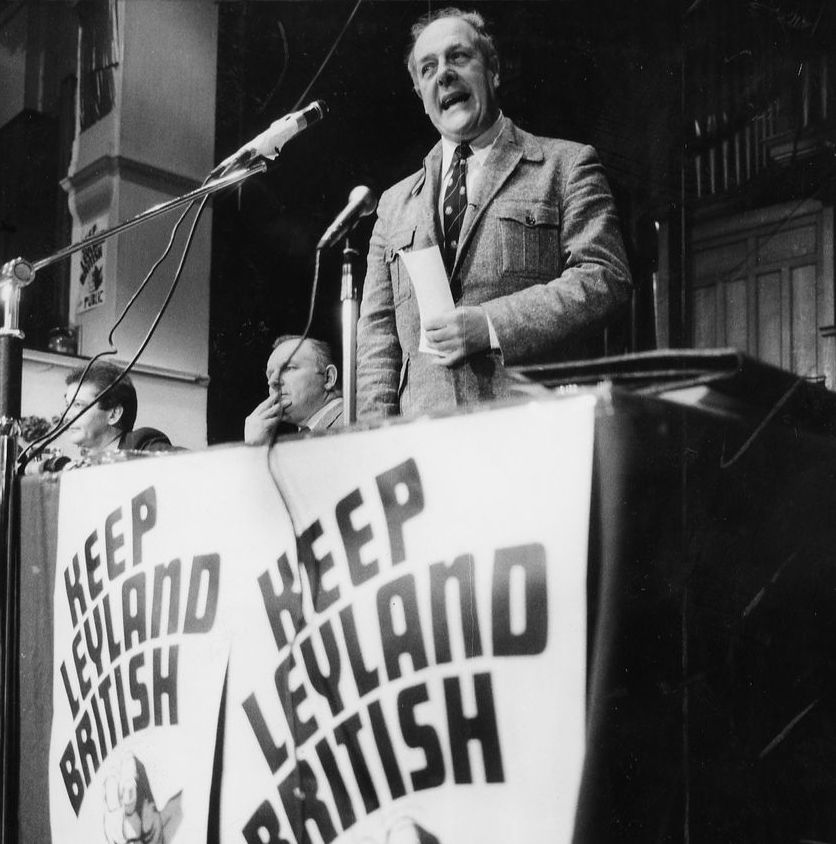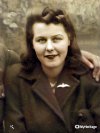I have been out of Birmingham for about 46 years, so have been out of touch with most things, but it was with great sadness that I read of the closing of Morris Commercial Cars in 1972. MCC was more than a factory, it was a community. Many generations of families worked there and had strong links with the firm. It had a proud and heroic history.
MCC had photos of the assembly lines after the nightly air raids, with the workers first job in the mornings was to clear away the debris so the war production could commence. I was too young to have personal experience of the war time conditions, but when I started I worked with seniors who had worked there and they told me how things were.
They said that they had a captured German engine which they tested and that it ran on full load for weeks with no problems, something they said they had nothing comparable. They also said that some of the night shift women would not work until they had been "attended" to, their men were in the armed forces. There were a lot of women and few men!
I think the first nail was hammered into the coffin of the British Motor Industry durring my apprenticeship when they gave control to the economists. They then started to produce the car they wanted to sell rather than the car people wanted to buy! I think that the British cars were the best in the world before then. Cars like the Riley, a small limosine, the Wolseley, favourite as a police car. Morris, Austin, Rover, Humber or Hillman. Where are they now.
They started with the 1100 and 1300, then the Mini. The only contribution from the economists was badge engineering. When the Mini first came out, they had one for us to see durring our lunch break over in East Works. I took one look at it and thought it would never sell. I was so wrong. It sold as a Morris, an Austin, a Riley, a Wolseley, a MG and even a Rolls!
A bad photo I remember was a Scottish field, in winter, full of MCC trucks that were waiting to be sold.
I still remember happy hours spent at the MCC club in Ward End, playing tennis, dancing and just socializing. I am a life member of the Morris Commercial Cars Apprentices Association, but it no longer exists. Such is life!!












